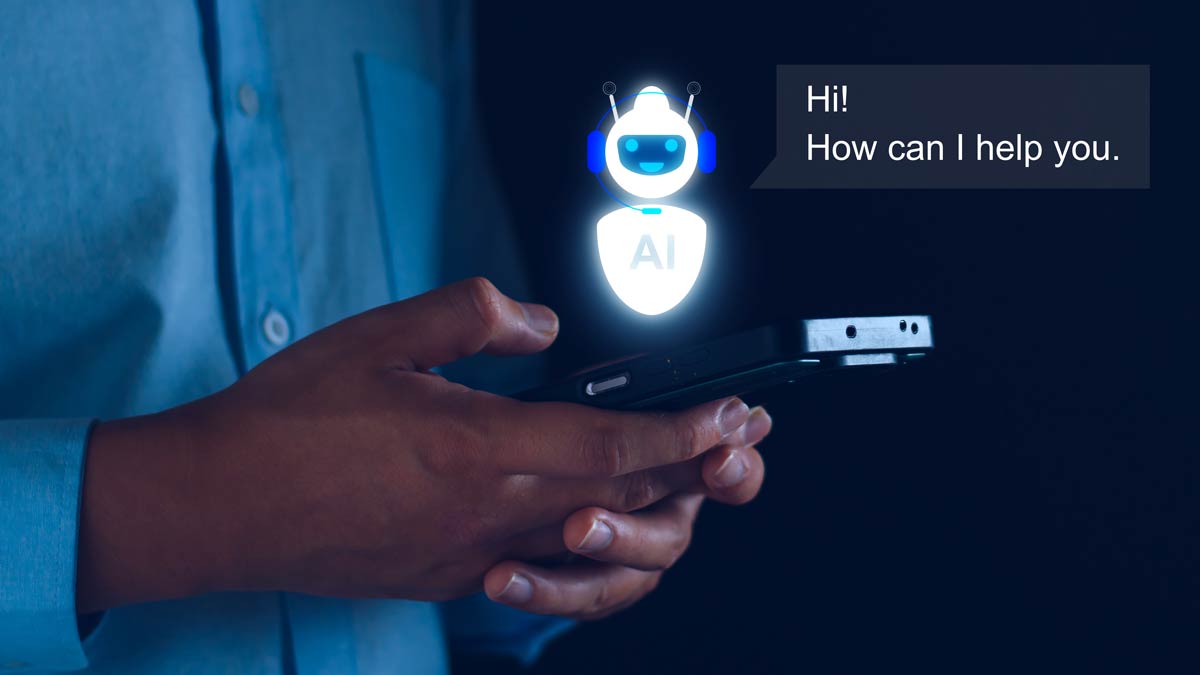Forward-thinking companies have invested in search engine optimization (SEO), website engagement, funnels, geofencing and more. The intent is that when a potential customer searches for your product or service, they find you and you can connect with them.
More than half of U.S. businesses expect a disruption to some of today’s best marketing practices. HubSpot recently released its 2024 State of Marketing report and cited its findings on the use of social media, video, messaging software and chat to nurture customer relationships.
According to HubSpot’s report, 55 percent of companies predict that chatbots will overtake Google, Bing and Yahoo as the go-to source for answers this year. Not in 10 years, but this year. If you’ve used the newest chatbot versions, then you can understand the prediction and the excitement.
Today’s chatbots are different from the chat windows of 2022. Today, the term “chatbot” has expanded — or evolved.
Chatbot is frequently used interchangeably with the term “conversational artificial intelligence (AI).” So that we’re on the same page, you’d recognize the chat windows from a couple of years ago as those dialogue boxes that popped up in the lower right-hand corner of your computer monitor when you logged onto a company’s website. The company comes up with a list of frequently asked questions and enters those into an Excel spreadsheet that is fed into the software. The company would then hope that your question was similar enough to the ones it thought up so that it could give an appropriate and accurate response to the customer inquiry.
ChatGPT, Claude and Llama are known as large language models (LLMs), but they are also examples of chatbots. Today, more potential customers are still using Google, Bing and Yahoo to find information on your company than those visiting your website’s chat window. Businesses expect a growing percentage of former Google users to jump onto ChatGPT, one of its competitors, or an upgraded version of your old chat window to engage with their company.
LLMs: TRANSFORMATION TIME
Google is the global leader in search. Google President Sean Downey sees the looming threat to traditional search. Downey says, “It should come as no surprise that in 2024, the biggest marketing trends center around the possibilities of AI (artificial intelligence).” He adds, “The AI opportunity is coming at a time of transformation for everyone, including marketers. In fact, in addition to connecting brands and products to people, more than ever before, marketers need to be growth drivers for their companies.”
Whether your company sticks with its 2022 pop-up dialogue boxes or upgrades to one powered by an LLM, the purpose of either is to simulate human-like conversations to provide specific and curated information and assistance to customers and prospective customers. But it won’t take long for potential customers to see the difference.
We probably can’t put our finger on it exactly, but you can tell when you’re looking at an out-of-date website. It does not come across as professional. It won’t take long for customers to recognize the difference between your 2022 chat window and one powered by an LLM. Perhaps the outdated nature of that widget won’t be aesthetically relevant to your prospect. However, compared to human-like conversational AI, there will be limited engagement between your old-school tool and the customer.
An upgraded chatbot can deliver a premium experience with its improved natural language understanding. LLMs can better understand user queries, allowing chatbots to provide more accurate and relevant responses. Chatbots powered by LLMs can be fine-tuned to company-specific data and direct your customer to the right solution more quickly. These chatbots can help your business qualify leads, capture customer data, and help you close more deals.
WHAT’S THE DIFFERENCE?
As robust and scalable as LLM-enhanced chatbots are, companies should remain aware of the value of messaging apps. The difference between the chatbots and messaging apps can be confusing. They are related but distinct technologies. Chatbots are automated conversational programs between a computer and a human. Messaging apps are primarily designed for communication between human users, often expanding beyond text dialogue to video or chat. Messaging apps are far less scalable, but working in conjunction with one another, an LLM-enhanced chatbot can take your prospective customer right up to an instant meeting with the right salesperson.
Companies such as Shopify, Microsoft, Marriott, Bank of America and Uber use this blend of chatbot and messaging app technologies. If your company would like to join those and many other companies, some popular messaging platform choices are LiveChat, Intercom, Drift and ZenDesk Chat.
This article first appeared in the Berkshire Eagle on May 24, 2024.
